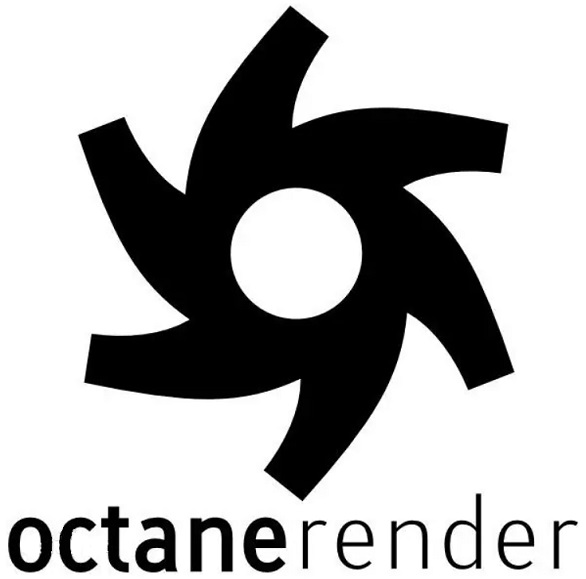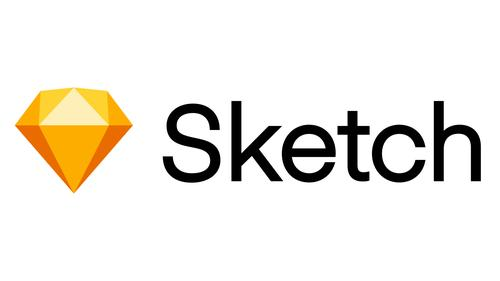Introduction

VRay is the most popular rendering engine in the industry. Developed based on the V-Ray kernel, there are many versions such as VRay for3ds max, Maya, Sketchup, Rhino, CINEMA 4D, etc., providing high-quality image and animation rendering for excellent 3D modeling software in different fields. In addition, VRay can also provide a separate rendering program to facilitate users in rendering various images. The VRay renderer provides a special material - VrayMtl. Using this material in the scene can achieve more accurate physical illumination (light energy distribution), faster rendering, and more convenient adjustment of reflection and refraction parameters. With VrayMtl, you can apply different texture maps, control their reflection and refraction, add bump and displacement maps, force direct global illumination calculations, and select BRDF for materials.

Functional composition:
The VRay renderer consists of 7 functions, namely: VRay renderer, VRay objects, VRay lights, VRay cameras, VRay material maps, VRay atmospheric effects, and VRay displacement modifiers.
Rendering features:
The biggest feature of VRay renderers is that they balance rendering quality and computational speed well. VRay provides multiple GI methods, making it more flexible when selecting rendering schemes. You can choose between fast and efficient rendering schemes, as well as high-quality rendering schemes.










